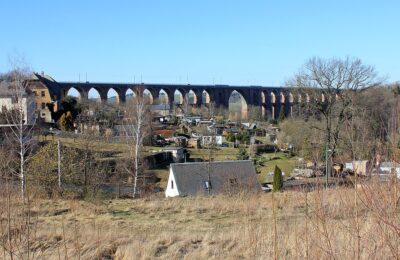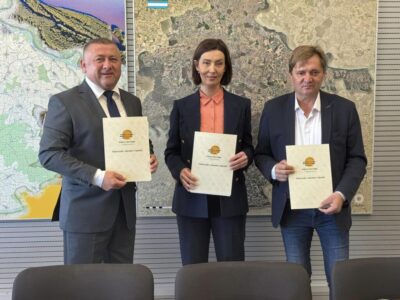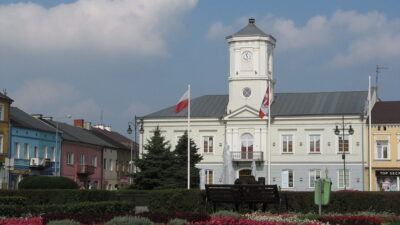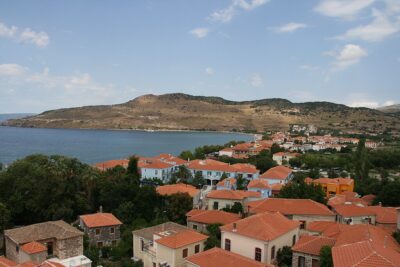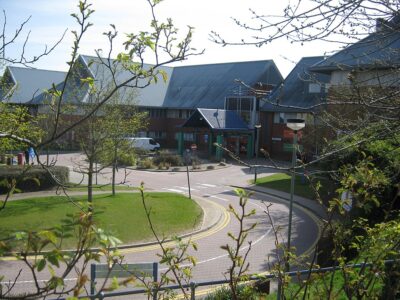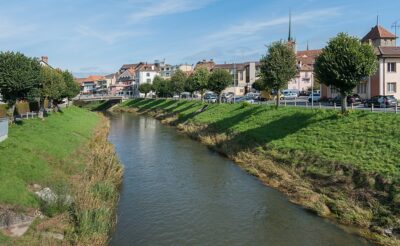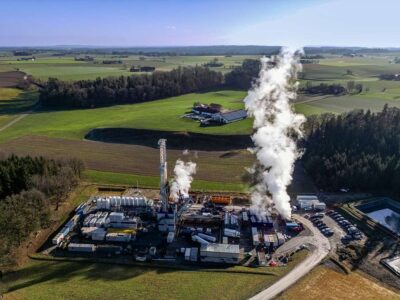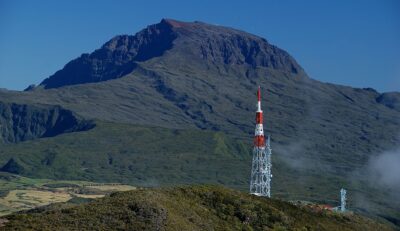Report: Success of high temperature geothermal wells in Iceland
A newly published report by ÍSOR, provides details on the "Success of high temperature geothermal wells in Iceland", with a success rate of about 75% for the wells drilled in the country.
In 2013, IFC published a global report on the success of geothermal wells. The report looked at how successful drilling campaigns were for geothermal projects worldwide.
The report though did not provide or include any data on geothermal drilling in Iceland. As a result, the National Energy Authority of Iceland (Orkustofnun) commissioned an own report on the “Success of high temperature geothermal wells”, to be prepared by Iceland GeoSurvey (ÍSOR).
The report was now presented (in Icelandic) and published (in English, pdf).
Author was Björn Már Sveinbjörnsson (Author) and project manager Sverrir Thórhallsson of ÍSOR.
Abstract:
“This report presents data on 213 geothermal production wells and 21 injection wells drilled in seven high temperature fields in Iceland.
The data was classified using the same criteria as in the International Finance Corporation (IFC) 2013 Report on the success of geothermal wells from 14 countries. A production well was deemed successful when it had sufficient capacity to be connected and utilized in the respective power plant.
Injection wells that have shown a good injectivity or have been used for reinjection were deemed to be successful. Of the 213 production wells analyzed, 158 or 74% were deemed to be successful. None of the fields has a success rate below 50%. About 6% of the total wells failed because of drilling problems, 4% found inadequate temperatures, 10% could not be operated at high enough static pressure, 3% had too low permeability and 3% were so shallow that they did not reach the reservoir. The average success rate improves from 43% for the first well to 60% for the first five wells and reaches a plateau of 74% after well number 15.
The first 5 wells drilled in a field are classified as Exploration Phase, the next 25 as Development Phase and wells drilled thereafter as Operation Phase. The Exploration Phase has the most variable well success rates, which has though improved in recent decades. The probability of successful wells in the Development Phase is nearly 80%. It increases until the year 2000 but declines after that. The same trend is observed for wells drilled during the Operation Phase. The reduction in the success rate may reflect step-out wells or rapid development where adequate results did not arrive in time to impact the drilling plan. The average capacity of all 213 drilled production wells is 4.9 MWe but 6.7 MWe for the 158 productive wells. The capacity has a lognormal distribution with a mean and most likely value of 4.8 MWe and a standard deviation of 2.3 MWe.
The cumulative average capacity increases from 2.5 to 4.8 MWe during the Development Phase, and reaches
4.9 MWe during the Operation Phase. The five main operating geothermal power plants in Iceland have a ratio of installed capacity divided by number of drilled production wells ranging from 1.3 to 5.3 MWe/well and a weighted average of 3.5 MWe/well. Wells of 2,000 to 2,500 m drilled depth have the highest average capacity of 5.8 MWe followed by wells of 1,500-2,000 m with an average capacity of 5.5 MWe. Wells with a regular production casing diameter of 200-250 mm have an average capacity of 5.5 MWe whereas wells with a large casing diameter of 300–350 mm have a capacity of 8.9 MWe. The average capacity of directionally drilled wells is 6.1 MWe compared to 4.0 MWe in vertical wells. There is a clear increase in capacity with increased enthalpy. Wells drilled into steam caps above two-phase reservoirs at 230-240°C have the highest capacity of 11.0 MWe and a 100% success rate. Wells in two phase reservoirs with T>300°C are with an average of 6.2 MWe and 86% success rate.
The report can be found here.
Source: Orkustofnun (Icelandic)







